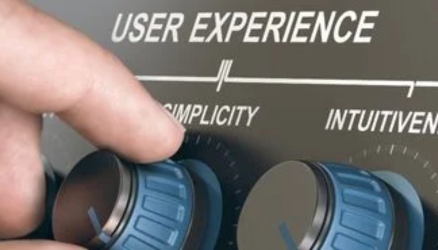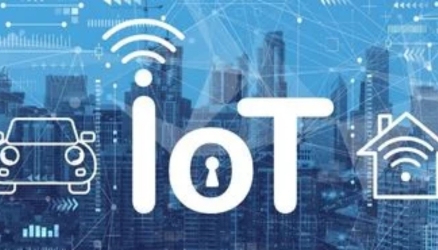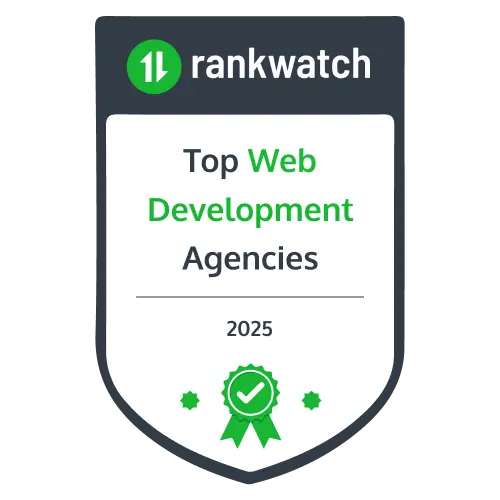Return on investment (ROI) is a financial metric used to evaluate the profitability and
effectiveness of an investment. In the context of test automation, ROI quantifies the financial
benefits an organization gains from automated testing compared to the costs incurred in
implementing and maintaining the automation infrastructure.
To calculate the ROI of test automation, a systematic approach is required.
This involves considering both the costs and benefits associated with the initiative. Here's a
detailed breakdown:
1. Identify Costs
- a. Initial Setup Costs:
Tools and Software: The cost of acquiring testing tools and software licenses.
Hardware: Expenses for setting up the necessary infrastructure and hardware.
Training: The cost of training team members on automation tools and techniques.
- b. Ongoing Maintenance Costs:
Software Updates: Expenses associated with keeping testing tools and software up to
date.
Script Maintenance: Time and resources spent on maintaining and updating test scripts.
Infrastructure Upkeep: Costs related to maintaining servers, virtual machines, or
cloud-based infrastructure.
- c. Test Script Development Costs:
The time and effort invested by your team in creating automated test scripts.
- d. Test Environment Costs:
Expenses incurred in setting up and managing test environments, including servers,
databases, and configurations.
2. Quantify Benefits
- a. Reduced Testing Time:
Calculate the time saved in test execution compared to manual testing. This time can be
translated into monetary savings based on employee salaries and project timelines.
- b. Reduced Team Size:
With Automation in place the size of the testing team will be reduced. Calculate the
savings in Team size reduction for repetitive regressions and manual efforts.
- c. Increased Test Coverage::
Estimate the value of enhanced test coverage by assessing the reduction in post-release
defects and associated bug fixing costs (man hours).
- d. Scalability:
Consider the potential for scalability and how automated tests can adapt to accommodate
new features and requirements without significant additional costs.
3. Assign Monetary Values
Assign monetary values to the benefits identified in step 2. This may require historical
data, industry benchmarks, or collaboration with relevant teams (e.g., development, quality
assurance) to estimate the potential financial impact of test automation.
4. Calculate ROI
Use the following formula to calculate ROI:
ROI = (TotalBenefits−TotalCosts) / Total Costs ×100
A positive ROI indicates that your test automation initiative is generating more value than
it costs.
Conclusion
Calculating the ROI of test automation is a comprehensive process that involves considering
all the costs and benefits associated with the initiative. By conducting a thorough analysis
and assigning monetary values to the various advantages, organizations can accurately assess
the real value of test automation in terms of reduced time to market, increased reliability,
and improved software quality. While the initial investment may appear significant, the
long-term benefits of test automation often far outweigh the costs, making it a
strategically sound choice for modern software development teams.

































